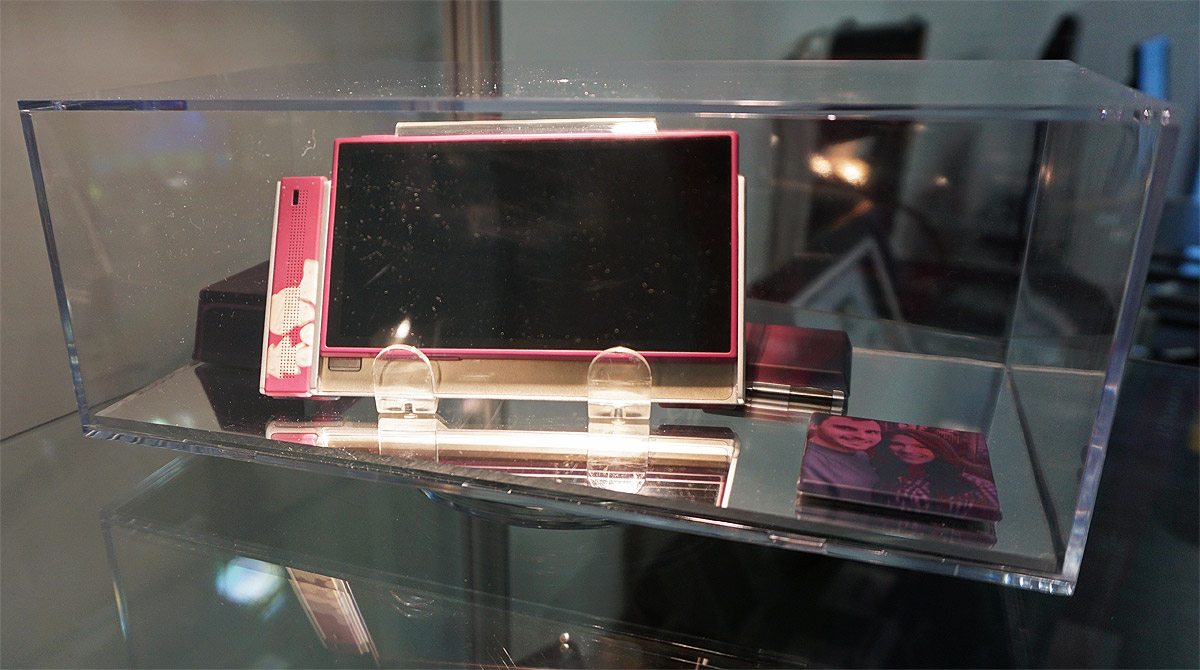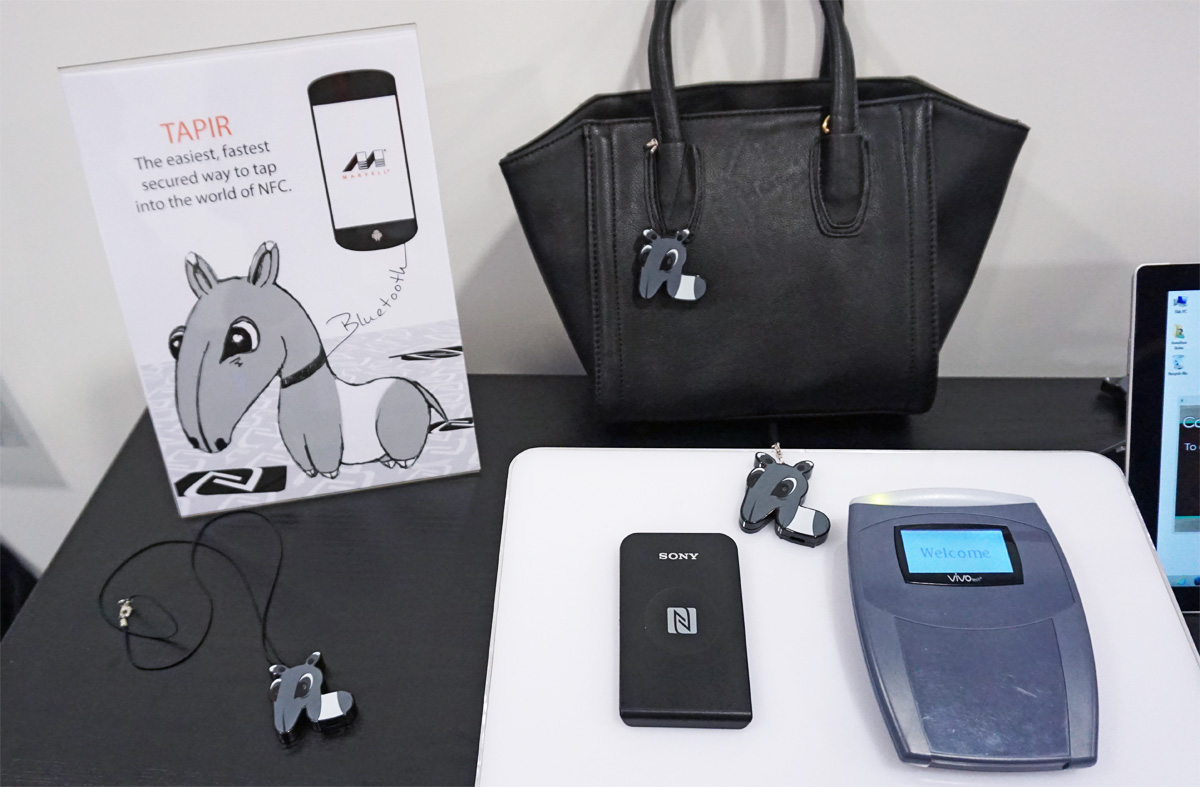Catching Up With Marvell At MWC 2015
Marvell is heavily involved in developing mobile and IoT technologies. Although its products primarily impact Asia, the company has been slowly expanding its reach. At Mobile World Congress 2015, we had the opportunity to speak with Marvell to see what new products it has been working on.
Last November, Marvell announced two new SoCs—the Armada PXA1908 and Armada PXA1936—both of which feature 64-bit ARM Cortex-A53 CPU cores running at up to 1.5 GHz. The PXA1908, using a quad-core CPU configuration and supporting up to a 13 MP camera with a 720p display, is geared towards low-end smartphones, while the PXA1936, using an octa-core configuration and supporting up to a 16 MP camera with a 1080p display, is destined for mid-range devices.
At MWC 2015, Marvell announced that the PXA1908, along with its Avastar 88W8777 wireless connectivity chip, have found a new home in the Samsung Galaxy J1 smartphone. There are actually two different versions of this phone. The global LTE version with Marvell inside is SM-J100F.
In addition to the Marvell silicon, this version of the J1 also includes a 4.3-inch WVGA screen (800 x 480), 768 MB of RAM, 4 GB of internal storage (expandable via microSD slot), 4G LTE modem and a 5 MP rear camera, and it will be running Android 4.4. This version should be available starting in March.
Project Ara
Marvell announced its support for Project Ara at Google's second Developer Conference back in January. The 2x2 module contains an Armada PXA1928 SoC, which integrates four A53 cores running at 1.5 GHz and a GC5000 GPU supporting OpenGL ES 3.0. The module also includes an audio codec, along with full wireless capability including 802.11ac (1x1), BT 4.1, NFC, and FM radio courtesy of an Avastar 88W8887; GPS, Glonass, and Compass satellite navigation provided by the 88L2000 chip; and a 2G/3G/4G/LTE Cat 4 modem with VoLTE support.
Wireless
During MWC 2015, Marvell also announced that its PXA1802, PXA1920, PXA1928, PXA1908 and PXA1936 SoCs now offer LTE Broadcast capability thanks to software support for eMBMS (evolved Multimedia Broadcast and Multicast Service), and 3GPP standard governing broadcast/multicast services. Marvell demonstrated this new feature using a Verizon exclusive Ellipsis 8 tablet.
A more interesting announcement is the new Armada PXA1826 modem with Category 7 LTE and VoLTE support. The modem includes an integrated ARM Cortex-A7 processor running at up to 1.2 GHz and is paired with Marvell's R10 LTE RF transceiver. It works with TD-LTE, FDD-LTE, TD-SCDMA, WCDMA and GSM carriers, but specific frequency bands were not specified.
Get Tom's Hardware's best news and in-depth reviews, straight to your inbox.
Marvell also showed a demonstration of its TAPIR project. The animal-shaped keyfobs have an embedded NFC chip and swipe-style fingerprint sensor, enabling several different use cases. For example, holding the fob up to an intelligent sign could show additional info or a web link in the companion app on your smartphone. It can also be used for NFC payments, authenticated with the fingerprint sensor.
The most compelling application shown during the demo involves hotel room access. After checking into your hotel using an app on your phone, the room number and relevant information is downloaded and shared with the fob. After arriving at the hotel, you can skip the check-in line and head straight to your room, using the fob to unlock the door.
Finally, Marvell's Wi-Fi combo chips, the Avastar 88W8887 and 88W8897, both received support for the Wi-Fi Alliance Neighbor Awareness Networking (NAN) specification. NAN uses peer-to-peer Wi-Fi in a low-power background mode to discover nearby information and devices without requiring a connection to a Wi-Fi access point. It has some overlapping functionality with Bluetooth beacons, as it can be used for location aware advertisements for example, and it sounds similar to Wi-Fi Direct, although that's a separate technology. However, NAN can also be used for social gaming and sharing media with nearby users.
NAN functionality complements indoor navigation technologies such as Bluetooth beacons and Wi-Fi received signal strength indication (RSSI). Marvell's Avastar 88W8964 4x4 802.11ac Wi-Fi chipset improves indoor location and navigation further by adding support for 802.11mc. Later this year, Marvell will release chipsets that also add Bluetooth Low Energy Angle of Arrival/Angle of Departure to further aid indoor navigation.
Follow us @tomshardware, on Facebook and on Google+.



